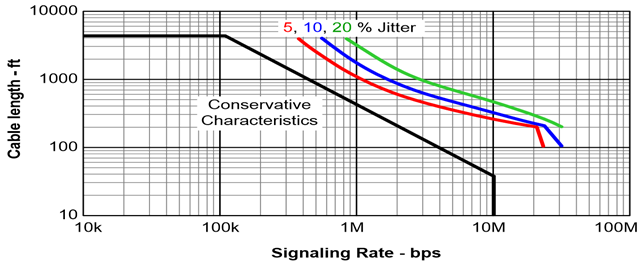Other Parts Discussed in Thread: THVD8010, , THS6222
Hi,
Really interested in the THVD8000 & THVD8010 devices, do you think they would be suitable for a low data rate application on industrial vehicles, like an electric forklift truck? Do you foresee any issues such as noise, cable mismatches etc?
Cheers
Matt


